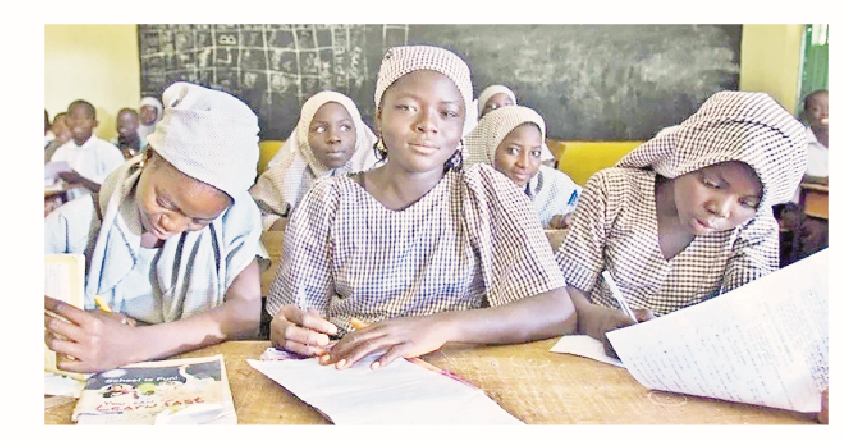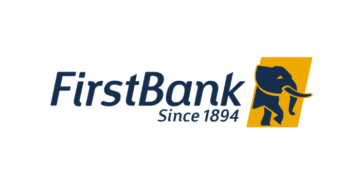Over 1.5 million girls were enrolled in schools within 10 years in six northern states under the Girls Education Project Phase 3 (GEP3).
The project which commenced in 2012 and ended in 2022 targeted one million girls and surpassed it with over 500,000 girls by household, according to findings of an evaluation of the project presented in Kaduna.
The findings revealed that 23,655 girls benefited from the cash transfer programme and over 67,000 teachers and Integrated Qur’anic Schools (IQS), facilitators were trained; teaching competency improved from 12 percent to 52 percent.
About 2.6 million children continued education through alternate learning during COVID-19; back-to-school campaigns conducted in 18,567 schools, resulted in 94 percent of children returning to school and over 135,000 girls benefitting through 4,514 functioning Girls-for-Girls (G4G), groups; school attendance improved from 43 percent to 70 percent.
The report further added that over 3,800 schools and IQS implemented RANA with improvement in foundational literacy and the functionality of Schools Based Management Committee (SBMC) and Community Based Management Committees (CBMCs) increased from 30% to 80%, per cent of schools with whole school development plans including activities on girls’ enrolment and retention increased from 45% to 67 percent.
GEP3 was funded by Foreign Commonwealth & Development Office (FCDO), UK, through UNICEF and implemented by the Federal and State Governments of Nigeria with the aim to improve access, enrolment, retention, and learning outcomes for girls in basic education in Northern Nigeria, states of Bauchi, Katsina, Niger, Sokoto, Zamfara, and Kano.
Speaking during the dissemination meeting of the findings, the Officer in Charge (OiC), UNICEF Kaduna Field Office, Dr Idris Baba, noted that the success of the project can be attributed to adopting a comprehensive societal approach, considering a wide range of social, psychosocial, cultural, and economic factors that affect girls’ education.
“The combination of multiple intervention types, targeting various stakeholders and utilizing different change inducing modalities, was instrumental in inducing the desired shifts in perceptions and behaviours.
“The Girls’ Education Programme 2012-2022 in Northern Nigeria has made remarkable progress in reducing inequalities and improving girls’ access, enrolment, retention, and learning outcomes in basic education. The achievements, lessons learned, and recommendations presented in this brief demonstrate the programme’s effectiveness and provide valuable insights for future interventions,” he added.
According to Dr Baba “In Nigeria, like in many countries all over the world, the most marginalized children- namely girls, those with disabilities, in rural areas, from the poorest families, and Almajiri children-remain out of school and out of learning. 1 in 4 children overall (and 1 in 2 in the Northeast and 2 in 5 in the Northwest) remain out of school at the primary level. 3 out of 4 Nigerian children, and even more in the north of the country, are not developing basic skills in literacy and numeracy.”
Earlier, the director of Senior Secondary Education Department, Federal Ministry of Education, Hajiya Binta Abdulkadir, who was represented by Mrs Monica Ogah, director, Unity Schools Division, stated that GEP3 was a success in so many ways, as it changed the narrative in school enrolment and completion at the basic education level.
According to her, “GEP3 was conceived as a result of the success achieved through the implementation of GEP1 and GEP2. The increasing need to improve enrolment, retention and completion rate at the Basic Education level cannot be overemphasized hence GEP 3 focused on three thematic areas.
We’ve got the edge. Get real-time reports, breaking scoops, and exclusive angles delivered straight to your phone. Don’t settle for stale news. Join LEADERSHIP NEWS on WhatsApp for 24/7 updates →
Join Our WhatsApp Channel










